What Is GameFi?
Table of Contents
The main thing
- GameFi or game finance are blockchain projects that allow users to earn money through gameplay.
- The model combines game mechanics, elements of decentralized finance ( DeFi ), non-fungible tokens ( NFT ), as well as metaverses.
- According to the data for 2021, the GameFi segment tokens turned out to be the growth leaders; among them are the Gala Games (GALA), Decentraland (MANA), The Sandbox (SAND), and Axie Infinity (AXS) projects.
When did GameFi appear?
GameFi was first mentioned by the founder of the DeFi project yEarn Finance, Andre Cronje, in 2020; support for cryptocurrencies was added to game projects long before that. Back in 2014, some online casinos accepted Bitcoin deposits.
The developers experimented by integrating bitcoin with the servers of Minecraft, a sandbox computer game. On the MinecraftCC server, players were rewarded in the first cryptocurrency for any action: placing blocks, killing monsters, building, and much more. In 2016, the program became unstable, and support for bitcoin was removed, but the server is still active.
The CryptoKitties app, launched in 2017, was one of the first popular online games on Ethereum. In CryptoKitties, everyone could buy, raise and exchange digital kittens in ERC-721 tokens.
The application generated a lot of user interest: in less than a week after the launch, crypto-kitties accounted for more than 11% of all transactions on the network. The game has repeatedly caused an overload of the Ethereum blockchain.
Since 2020, the GameFi sector has begun to develop rapidly. A large number of games have appeared that use tokenized in-game objects. This was facilitated by the growth in popularity of DeFi and NFT.
What makes GameFi different from classic video games?
The classic “pay to play” model (pay to play) obliges the user to pay for a subscription or licensed access and attributes that optimize the gaming experience.
This category of video games runs on centralized servers of gaming companies. Therefore, in-game purchases and the environment cannot be wholly owned by the user.
For example, the user buys new armor or weapons that improve the game character’s performance. Typically, items are limited to a specific gaming platform or virtual environment. The player only uses them where they were purchased.
GameFi is changing the traditional gaming industry. Projects combine business with pleasure – gameplay, and monetization, and the blockchain gives this model decentralization and transparency.
The concept involves maintaining ownership of digital items in the form of NFTs. Data about the owner of game artifacts is fixed in the blockchain. Information cannot be replaced or deleted.
In addition, users receive rewards for playing in project tokens. The player can sell tokenized rewards and exchange them for another cryptocurrency or fiat money on the marketplaces.
GameFi provides various genres, from the traditional lottery to complex multiplayer multiverses. The blockchain game development company Gala Games aims to create a coherent ecosystem with a single economy for different game genres in the future.
What blockchain is used to create GameFi projects?
The first GameFi was created on bitcoin and Ethereum, but at the moment, they mainly use cheaper and faster solutions.
For example, Axie Infinity was initially released based on Ethereum, but a full-fledged ecosystem was eventually deployed on the Ronin sidechain.
There are other specialized blockchain platforms adapted for GameFi, such as Flow from the creators of CryptoKitties. Many games have been released on the Tron, BNB Chain, Wax, and Polygon blockchains.
What categories are GameFi projects divided into?
Free2Play (from English play for free) – you can immediately start playing with projects that do not require an initial investment.
For example, Gods Unchained is a blockchain collectible card game. It is similar to Hearthstone but allows players to freely trade and sell NFT cards and receive rewards for progress in the game.
Play2Earn (from English play to earn) – this category includes all blockchain projects that enable users to monetize their gaming experience.
Move2Earn (from English move to earn) are projects that reward users for physical activity and not for gameplay.
The fitness app for the STEPN mobile device is a well-known representative of the segment. The application tracks the movements of players using GPS, and the user receives project tokens for walking or running. To participate, you must have a pair of digital sneakers in the form of NFT.
Metaverses is a virtual world in the form of a three-dimensional game “sandbox”, where users own digital objects and plots of land, presented in the form of non-fungible tokens.
For example, in The Sandbox and Decentraland, any player can buy digital real estate, develop it and earn income. In the multiplayer My Neighbor Alice, you can buy an entire farm.
Companies that provide tools for developing and distributing gamified projects on the blockchain deserve special attention.
For example, Enjin provides projects with tools for developers, introduces blockchain technologies and virtual economy into existing video games, and helps to release in-game cross-chain –NFTs.
What is the essence of the P2E model?
Particular attention should be paid to the Play2Earn model (from English, play to earn).
The main advantage of the P2E model rewards in the project’s game tokens and ownership of digital assets and characters.
As a rule, players receive rewards for completing in-game tasks: interacting with other players, participating in challenges and competitions, progressing through levels, and other actions. However, most Play2Earn projects require an initial investment.
For example, in the Axie Infinity ecosystem, a team of Axie characters must be purchased or rented before starting the game. Players use NFT creatures to earn Sweet Love Potion (SLP) tokens. They can be exchanged for another cryptocurrency or fiat.
What does DeFi have to do with GameFi?
The projects integrate DeFi mechanics into the gaming ecosystem, namely profitable farming, staking, and liquidity mining.
For example, in the metaverse of The Sandbox, players can stake the SAND token. The user receives a profit following the number of blocked funds and valuable game resources GEM and CATALYST.
Thanks to elements of DeFi, games become even more decentralized. Some GameFis allow the community to influence the project’s future through decentralized autonomous organizations ( DAOs ) and smart contracts. The number of tokens held by holders affects voting rights.

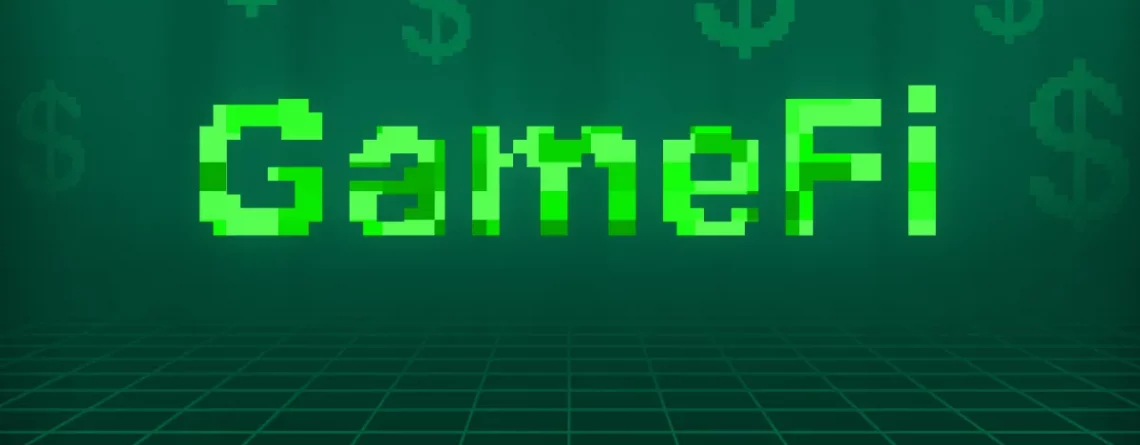
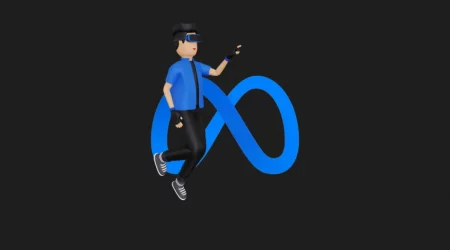
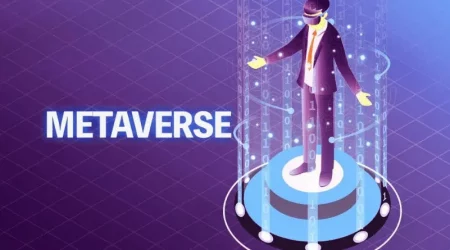
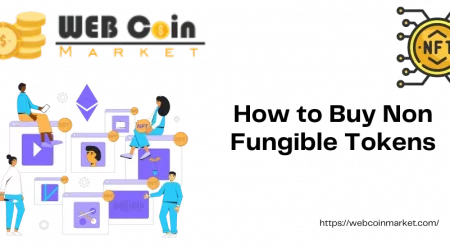

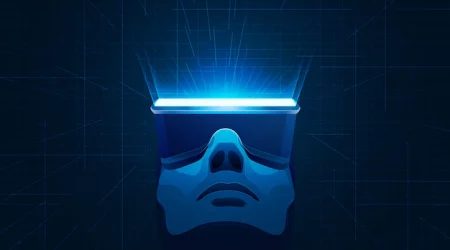
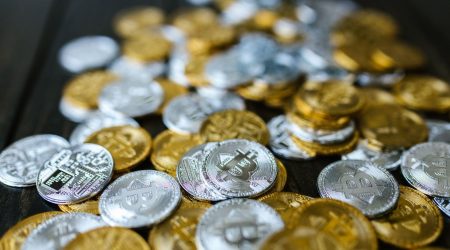
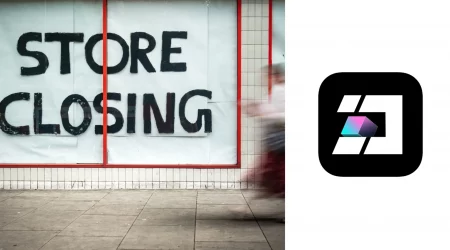
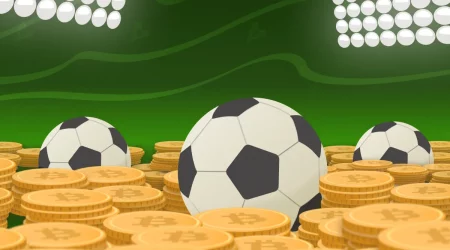
Leave a Reply